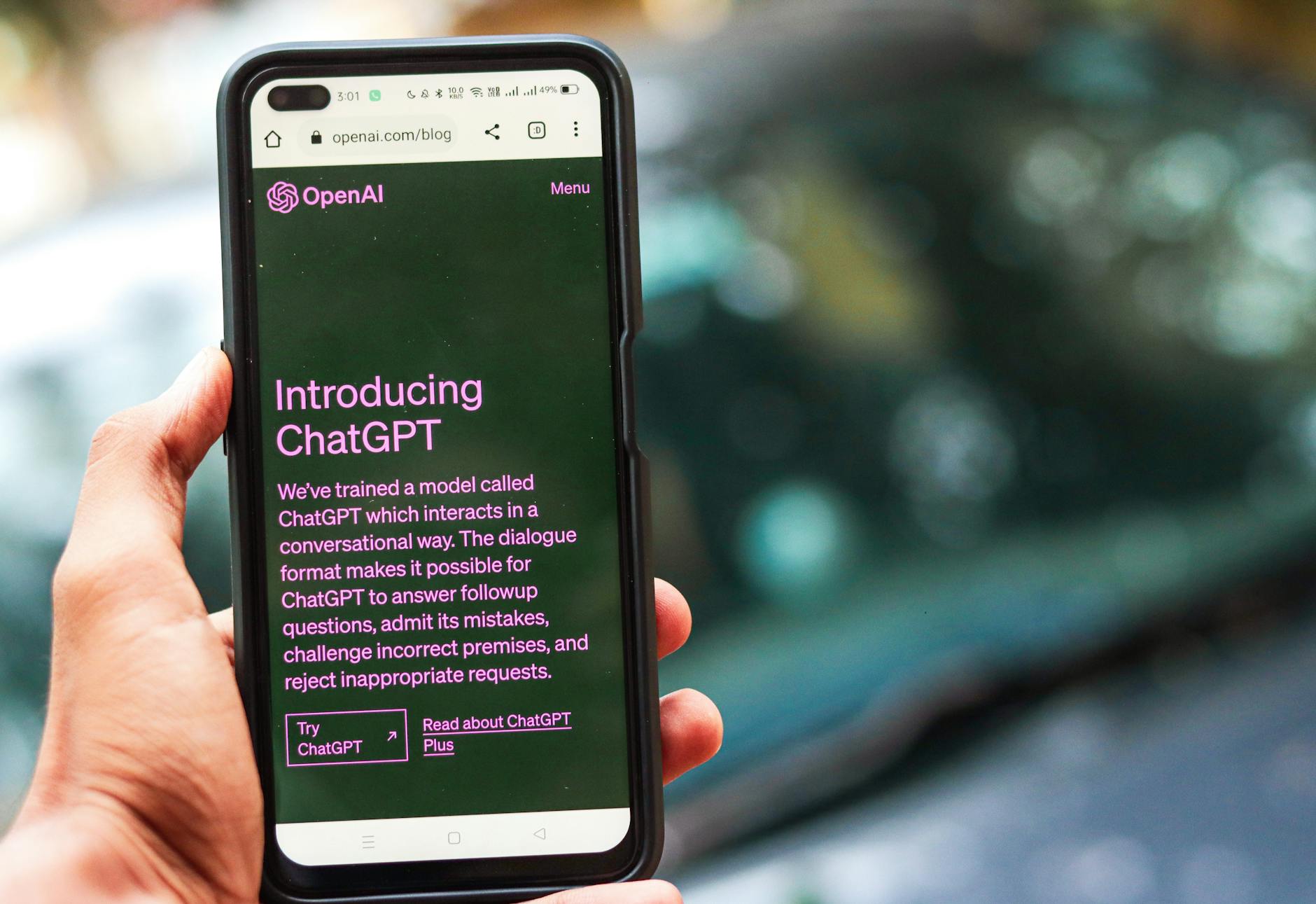Google’s “Vibe Coding”: The Unseen Chasm Between Prototype and Production

Introduction: Google’s latest AI Studio “vibe coding” upgrade promises to turn novices into app developers in minutes, deploying live creations with unprecedented ease. While the allure of effortless app generation is undeniably potent, a seasoned eye can’t help but peer beyond the shiny facade for the real implications. Is this a revolutionary democratization of development, or merely a sophisticated new layer of abstraction masking deeper complexities?
Key Points
- The “vibe coding” experience excels at rapid prototyping and ideation, making it a powerful tool for initial concept validation and user experience mock-ups.
- Google strategically positions this tool to deepen integration with its AI models and Cloud infrastructure, potentially fostering significant vendor lock-in for emergent AI applications.
- The claim of “anyone” building and deploying “live apps” in minutes glosses over the critical, often unseen challenges of maintaining, scaling, securing, and truly owning production-grade software.
In-Depth Analysis
Google’s AI Studio, with its new “vibe coding” paradigm, certainly appears to lower the barrier to entry for app creation, particularly for those dabbling with AI. The ability to prompt an application into existence, complete with React, TypeScript, and Tailwind CSS components, is impressive as a demonstration of generative AI’s capabilities. For designers, product managers, or even journalists like the original author, this offers a tantalizing glimpse into rapid concept iteration. It short-circuts the initial boilerplate, the environment setup, and the basic architectural decisions that often intimidate non-developers. The “I’m Feeling Lucky” button further pushes the envelope of ideation, generating diverse app concepts that can spark creativity.
However, the leap from a generated “garden planning assistant” or a “dice rolling app” to a robust, production-ready system serving real users is less a hop and more a Grand Canyon. While the AI generates functional code and even suggests enhancements, it’s still fundamentally code. React, TypeScript, and Tailwind CSS are not trivial frameworks. Understanding the generated structure, debugging issues, ensuring security against common vulnerabilities, managing state in complex applications, optimizing performance for scale, or integrating with bespoke enterprise systems will still require genuine technical expertise. The AI might write the first draft, but a human engineer will inevitably be needed for the extensive edits, refinements, and long-term maintenance crucial for any application beyond a simple demo.
This isn’t to diminish the technology itself, which is genuinely powerful for specific use cases. As a high-fidelity prototyping tool, Google AI Studio is phenomenal. It allows ideas to manifest visually and interactively in a way that traditional mock-ups cannot. But Google’s framing, emphasizing “anyone” deploying “live apps in minutes,” cleverly conflates a prototype with a product. The implicit expectation that such generated code will seamlessly scale, remain bug-free, and meet enterprise-grade requirements is a dangerous oversimplification. This move is less about truly democratizing software engineering and more about democratizing AI-powered prototyping, all while subtly funneling users deeper into Google’s AI and cloud ecosystem through required API keys and Cloud Run deployments.
Contrasting Viewpoint
While Google champions the democratization of app development, skeptics might argue this is less about empowering a new generation of developers and more about cultivating a new class of dependency. By making it so easy to generate initial app scaffolding within Google’s environment, the company subtly entrenches its suite of AI models (Gemini, Veo, Imagine) and cloud services (Cloud Run) as the default choice. What begins as a free experiment quickly necessitates paid API keys for advanced features and scalable deployment, creating a powerful pipeline into Google’s revenue streams.
Furthermore, true “development” involves more than just generating code from a prompt. It encompasses architectural design, robust testing, complex integrations, version control beyond simple GitHub saves, disaster recovery, and continuous deployment pipelines – all facets largely unaddressed by the “vibe coding” narrative. A developer might argue that while the AI writes boilerplate, it also abstracts away critical understanding, potentially leading to a generation of “prompt engineers” who lack fundamental coding literacy. When the generated code inevitably breaks or needs significant customization, the non-developer might find themselves stranded, unable to debug or adapt without a deeper understanding, thus reinforcing the need for traditional developers rather than replacing them.
Future Outlook
In the next 1-2 years, Google AI Studio’s “vibe coding” will likely solidify its position as a leading tool for rapid prototyping and educational exploration. Its immediate impact will be felt most by non-technical founders, product managers, and educators looking to quickly visualize and test AI-powered concepts. The speed of iteration it enables for initial ideas is a game-changer.
However, the biggest hurdle will remain the transition from impressive prototype to production-ready application. Google will need to address the complexities of maintenance, security patching, advanced customization, and scaling generated code in real-world scenarios. This might involve integrating more robust DevOps tools, offering better guardrails for production deployments, or evolving the AI to generate more modular, maintainable code structures. The risk is that if these production challenges aren’t met, “vibe coding” could become a novelty, generating an endless stream of impressive but ultimately abandoned prototypes. The real test won’t be how quickly an app is generated, but how resiliently it can evolve beyond its initial “vibe.”
For more context, see our deep dive on [[The Real Cost of AI Abstraction]].
Further Reading
Original Source: Google’s new vibe coding AI Studio experience lets anyone build, deploy apps live in minutes (VentureBeat AI)